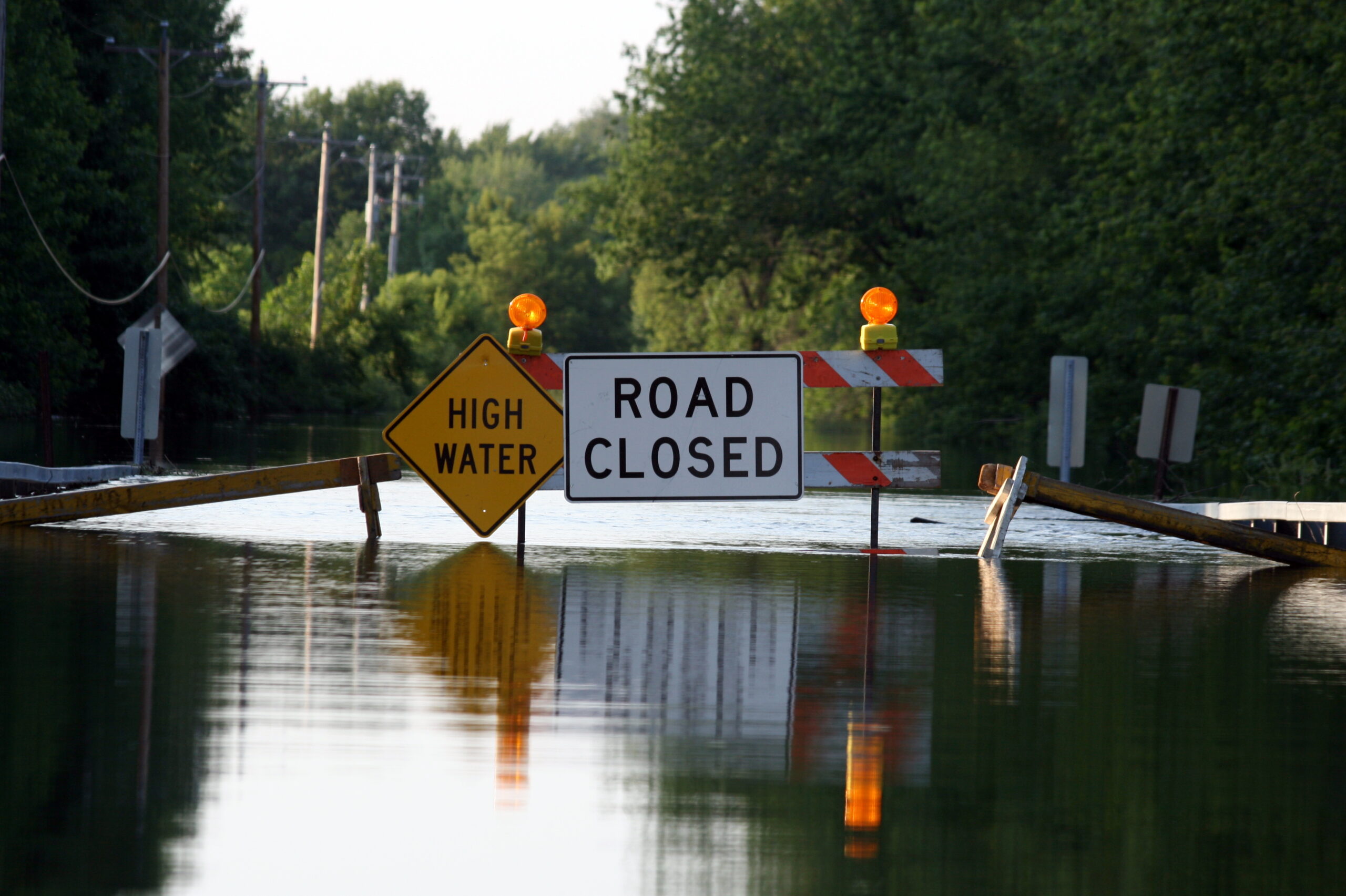Preparing and Responding to Disaster: Flood Edition
Fire, flood, pestilence…I expect to see some horsemen racing through my front yard shortly.
A solid safety professional’s going to take these disasters in stride. They may not have developed a contingency plan for every possibility out there (I bet alien invasion’s low on their preparedness list). But, they’ve most likely got a framework to address emergencies, with some gallows humor thrown in for sport.
Flood preparation and response are probably higher on your priority list than alien invasion. So, here are some resources to help you build out your plan.
Start at the Beginning: Your Emergency Response Plan
An organization with a systematized, comprehensive emergency response plan can effectively minimize risks and save lives before, during, and after an emergency. We’re talking about the difference between an inevitable incident and its escalation into something much worse.
We’ve developed some recommendations on creating your emergency response plan. And OSHA’s got some excellent guidance when it comes to floods in particular.
Recovering from Floods
Floodwaters may contain many hazards, including infectious organisms, intestinal bacteria, and other disease agents. Precautions should be taken by anyone involved in cleanup activities or any others who may be exposed to floodwaters.
Avoid contact with floodwater due to potentially elevated levels of contamination associated with raw sewage and other hazardous or toxic substances that may be in the floodwater. In addition, these waters can carry large objects that are not always visible, which can cause injury to individuals in the water. Other potential hazards include electrical shock from downed power lines or electrical wires and possible injuries inflicted by animals (snakes) displaced by the floodwaters.
OSHA’s got a solid collection of fact sheets and quick cards with details on hazards often present in flooded areas:
- Electrical hazards
- Tree and debris removal
- Carbon monoxide
- Lifting injuries
- Mold
- Rodents, Snakes, and Insects
- Chemical and biological hazards
- Fire
- Drowning
- Exhaustion (from working extended shifts)
- Heat
Wait for officials to give the all-clear before returning to your home or business. When it is safe to return, take the following precautions:
- Do not enter your home or business if the electricity may still be on.
- Wear sturdy shoes, long pants, long sleeves, safety glasses, and gloves when cleaning up.
- Keep in mind that generator exhaust is toxic. Always put generators outside well away from doors, windows, and vents. Never use a generator inside homes, garages, crawlspaces, sheds, or similar areas. Carbon Monoxide (CO) is deadly, can build up quickly and linger for hours.
Protect Yourself from Electrical Hazards
- If electrical circuits and electrical equipment have gotten wet or are in or near water, turn off the power at the main breaker or fuse on the service panel. Do not enter standing water to access the main power switch. Call an electrician to turn it off.
- Never turn the power on or off yourself or use an electric tool or appliance while standing in water. Do not turn the power back on until a qualified technician has inspected electrical equipment. All electrical equipment and devices must be completely dry before returning them to service. Have a certified electrician check these items if there is any question.
- If you see frayed wiring or sparks when you restore power, or if there is an odor of something burning but no visible fire, you should immediately shut off the electrical system at the main circuit breaker.
Helpful Links:
- CDC’s recommendations for precautions for returning after a flood.
- TCEQ’s recommendations for Managing debris from declared disasters.
- OSHA’s Hazard Exposure and Risk Assessment Matrix for Hurricane Response and Recovery Work.
- OSHA’s Flood Preparedness and Response.
Dealers, we’ve got some guidance for how to deal with flood-damaged cars here:
https://www.kpa.io/hurricane-season-is-here-get-ready-for-the-flood-damaged-cars


